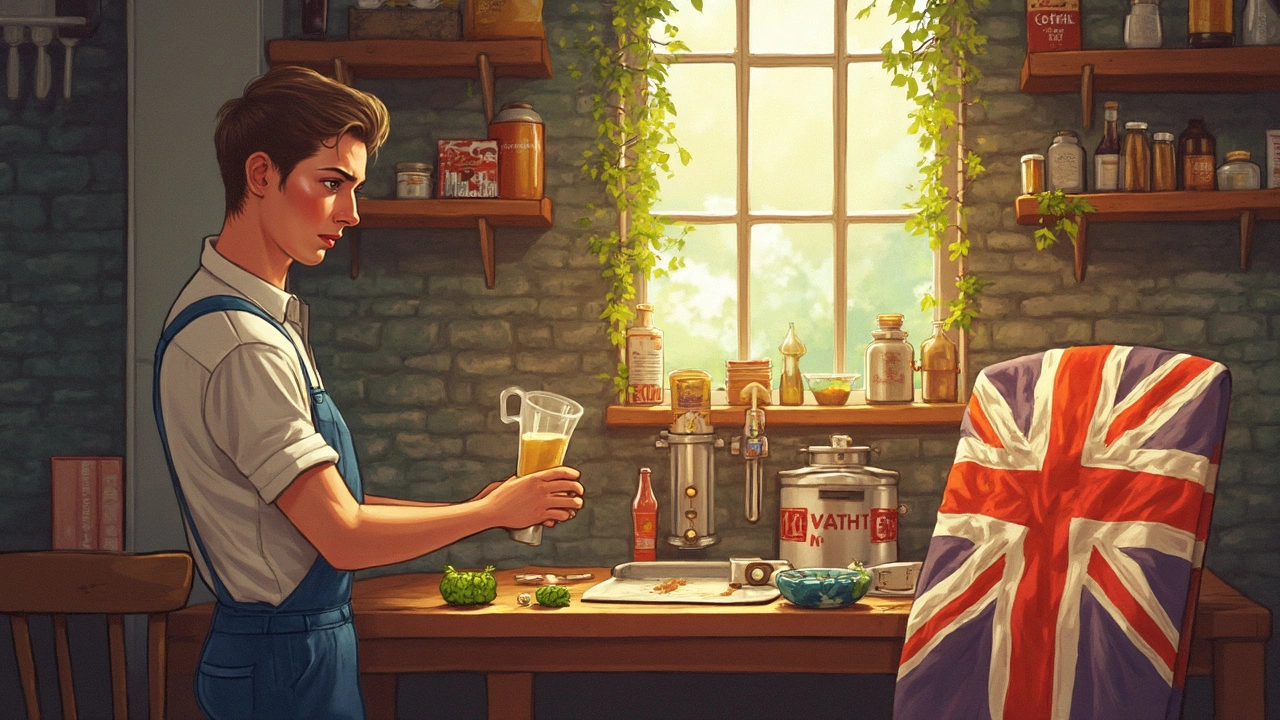Beer Brewing Tips: Simple Tricks to Level Up Your Homebrew
Want a better beer without buying expensive kits? You don’t need a lab, just a few smart tips and a bit of patience. Below you’ll find the most useful advice that works for any level of brewer. Grab your kettle, follow the steps, and you’ll notice the difference from the first sip.
Essential Steps for Every Brew
Start with clean gear. Even a tiny bit of residue can spoil flavor, so rinse everything with hot water and use a food‑safe sanitizer. I always scrub the fermenter, the spoon, and the bottle caps – it takes a minute and saves headaches later.
Measure ingredients precisely. Too much malt or too little hops throws off balance. Use a digital scale for grains and a graduated cylinder for water. It’s easier than guessing and the results are repeatable.
Control temperature during the mash. Aim for 152°F (67°C) for a classic all‑grain brew. If the mash gets too hot, enzymes break down too fast and you lose body. If it’s too cool, you’ll get thin beer. A simple immersion thermometer does the job.
Boil for at least 60 minutes. Shorter boils don’t give hops enough time to release bitterness, and they leave unwanted proteins. Keep an eye on the boil and add hops at the right moments – early for bitterness, later for aroma.
Cool the wort quickly. The faster you chill, the less chance of infection and off‑flavors. I use a counter‑flow chiller, but an ice bath works fine for small batches.
Pitch the right amount of yeast. Too little yeast slows fermentation and can produce off‑notes; too much wastes money. Follow the manufacturer’s rating for the volume you’re making.Let the beer ferment at a stable temperature. Most ale yeasts love 68‑72°F (20‑22°C). Fluctuations make the yeast stress out, leading to funky flavors. A simple heating pad or a small fridge works wonders.
Don’t rush bottling. Wait until the final gravity is steady for three days. This confirms fermentation is complete and prevents bottle bombs.
Common Mistakes and Easy Fixes
Skipping the sanitizing step is the biggest mistake newbie brewers make. A quick spray with Star‑San or a bleach solution (followed by a rinse) will keep your brew safe.
Using stale hops or malt hurts flavor. Store hops in an airtight bag in the freezer, and keep malt in a cool, dry place. Fresh ingredients make a noticeable difference.Over‑oxygenating the wort after fermentation can cause oxidation, giving the beer a cardboard taste. Fill bottles gently and avoid shaking them.
Leaving the beer in the fermenter too long after it’s done can create off‑flavors from yeast autolysis. Transfer to a secondary vessel or bottle as soon as the gravity is stable.
Not carbonating correctly is frustrating. Use a calibrated sugar calculator to add the right amount of priming sugar. Too much sugar leads to over‑carbonation; too little leaves flat beer.
Finally, taste as you go. If a batch tastes off, note what you changed – ingredient amounts, temperature, or timing. Brewing is a learning process, and each tweak brings you closer to your perfect pint.
These beer brewing tips are easy to follow and don’t require fancy equipment. Stick to clean gear, precise measurements, proper temperature control, and good sanitation, and you’ll see steady improvement. Happy brewing!
Homebrewing is a fun hobby, but what if you're short on time? Discover which type of beer you can brew the fastest, making use of modern home brewing kits. Learn practical tips, choose the right ingredients, and understand the basic process to craft your beer without waiting weeks. Perfect for anyone eager to enjoy their homemade brew in no time.
View Details

